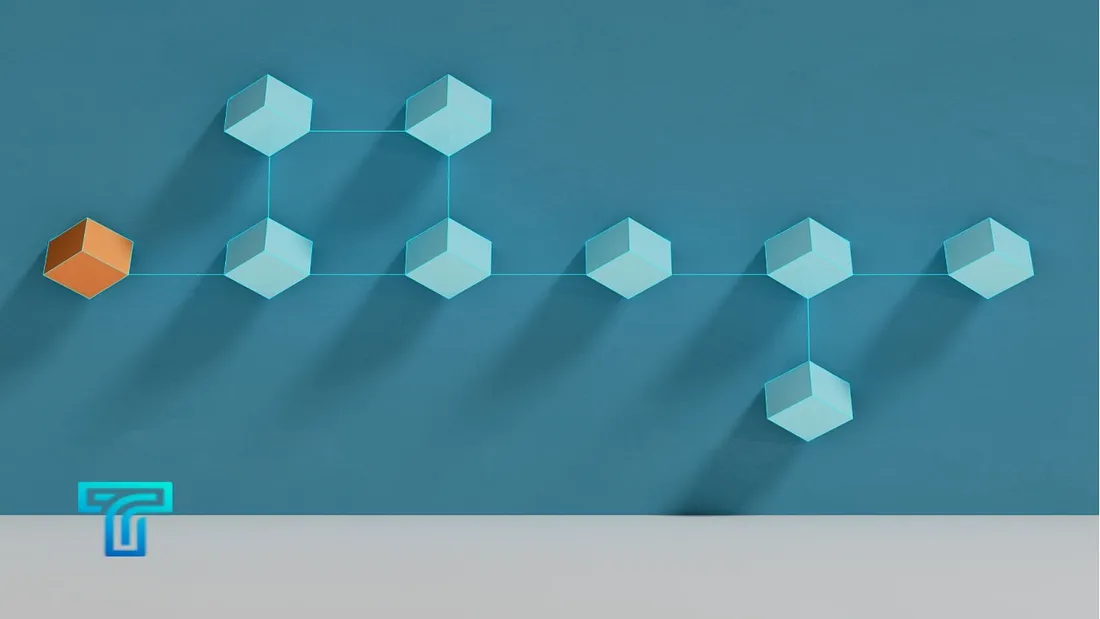Takamaka introduces a layer 2 protocol, a Hashchain built on the Takamaka libraries, which aims to improve and speed up the time for access in the blockchain world for interested companies.
In the Hashchain, the parties involved agree to use a series of digitally signed messages to interact with tokens; in fact, in order to interact with the blockchain, it is necessary to have a wallet and the tokens needed to pay transaction fees.

The enabled user will be able to access the blockchain and search for confirmation transactions independently without being charged fees, and the interaction can be divided into various microservices based on the degree of data criticality and the type of transaction.
For interaction with the app the SDK, there is no need for substantial extensions since signing a contract transaction or a token transaction has no substantial differences. The differences would only be in the display of objects and would depend on the usage model.
The library for transaction management, digital signature and user key restoration creation are already available for Android on the git at the following link: https://github.com/takamaka-dev/TakamakaSDK, while for IoS please ask the Team !
What is the Hashchain
Hashchain is a unidirectional structure, which cannot be reversed after the hash of the blockchain has been confirmed and where all interactions are concatenated and linked through a sequence of non-alterable digital signatures, which always include the hash of the previous message.
In this type of chain there is an identical operation of wallets with respect to the main blockchain, usually these networks normally are used to coordinate in a closed environment or to offload the main network.
At predetermined intervals or after a certain number of interactions, the Hashchain sends a report transaction to the Takamaka blockchain, so that a time stamp of the transactions made is obtained and, since the sender address will be a certified one ( previously registered by associating a series of Takamaka addresses with the name), its authenticity will always be assured.
With this operation you make that final block and all its predecessors immutable.
This operation can be performed by anyone at any time at the cost of simply writing a hash to the takamaka.io blockchain.
Issuing Token Assets
Through Takamaka's Hashcahian, in effect a parallel blockchain that communicates with the main Blockchain, it is already possible to generate tokens.
Everything remains decentralized and private, and the new tokens will have characteristics that have metric value decided in advance by the user or company.
As known, Token is a representation capable of making usable on blockchain anything belonging to the real world, in fact thanks to Tokens it is possible to fragment movable and immovable assets, tickets, gaming, vouchers, NFTs, and much more.
The transaction speed on the Takamaka Hashchain is almost instantaneous, and the costs are always decided in advance by the issuing company.
Tokens are generated by first purchasing $TKR Red Tokens, which will always be exchangeable between Takamaka Wallets and with $TKR and an always defined economic countervalue.
$TKR is Takamaka's stablecoin, has value of 1 USD, guaranteed by Ailia SA, always exchangeable at any time with FIAT currency.
Infrastructure
The creation and distribution of tokens, can be implemented in a java microservice that relies on a DB in your company, and because of this choice, the possibilities for creating a product on blockchain are considerable.
Instead of implementing a project in its entirety, it makes more sense to divide the tasks and tie the various small packages, called Microservices, together.
In this case, the Microservice is used to manage user token balances
and can interface with the enterprise database to:
- create tokens when needed
- manage balances in a consistent manner
- create transaction hashchains representing the movements of user tokens
- manage the movement of tokens between wallets
The service will enable rapid product updates while minimizing maintenance time by creating multiple instances and continuously updating the application logic to introduce continuous usecases.
The microserver is written in java and based on an advanced version of glassfish, although it is possible to implement it using Java Webflux and remove the glassfish microserver using an even more optimized version of the API.
Advantages of Hashchain
Companies and devs often prefer not to risk losing money or work on platforms they are unfamiliar with. Thanks to Hashchain, developers can test and deploy new ideas without any risk and at low cost.
Takamaka's Hashchain solution is ready to use and is a valuable "training ground" for devs and companies, who want to start understanding how Blockchain works, how tokens are created and how they are managed.
The solution of the Java Microservice connected to the company's db, actually creates many development possibilities and it will be at the discretion of the programmer, to invent endless use cases leveraging a low-cost Open Source technology.
For information Visit www.takamaka.io
write to the team info@takamaka.io

